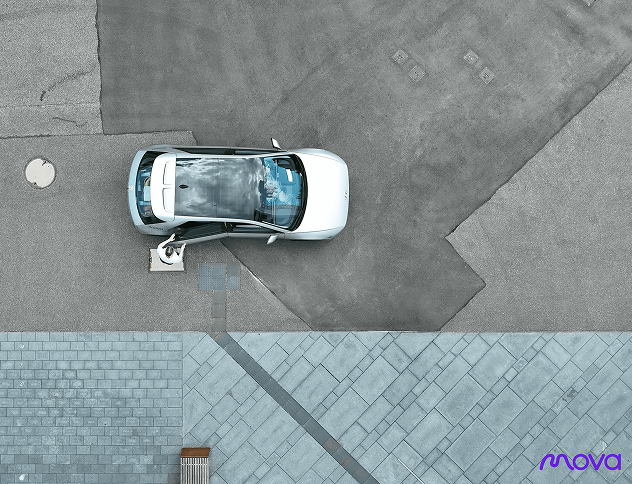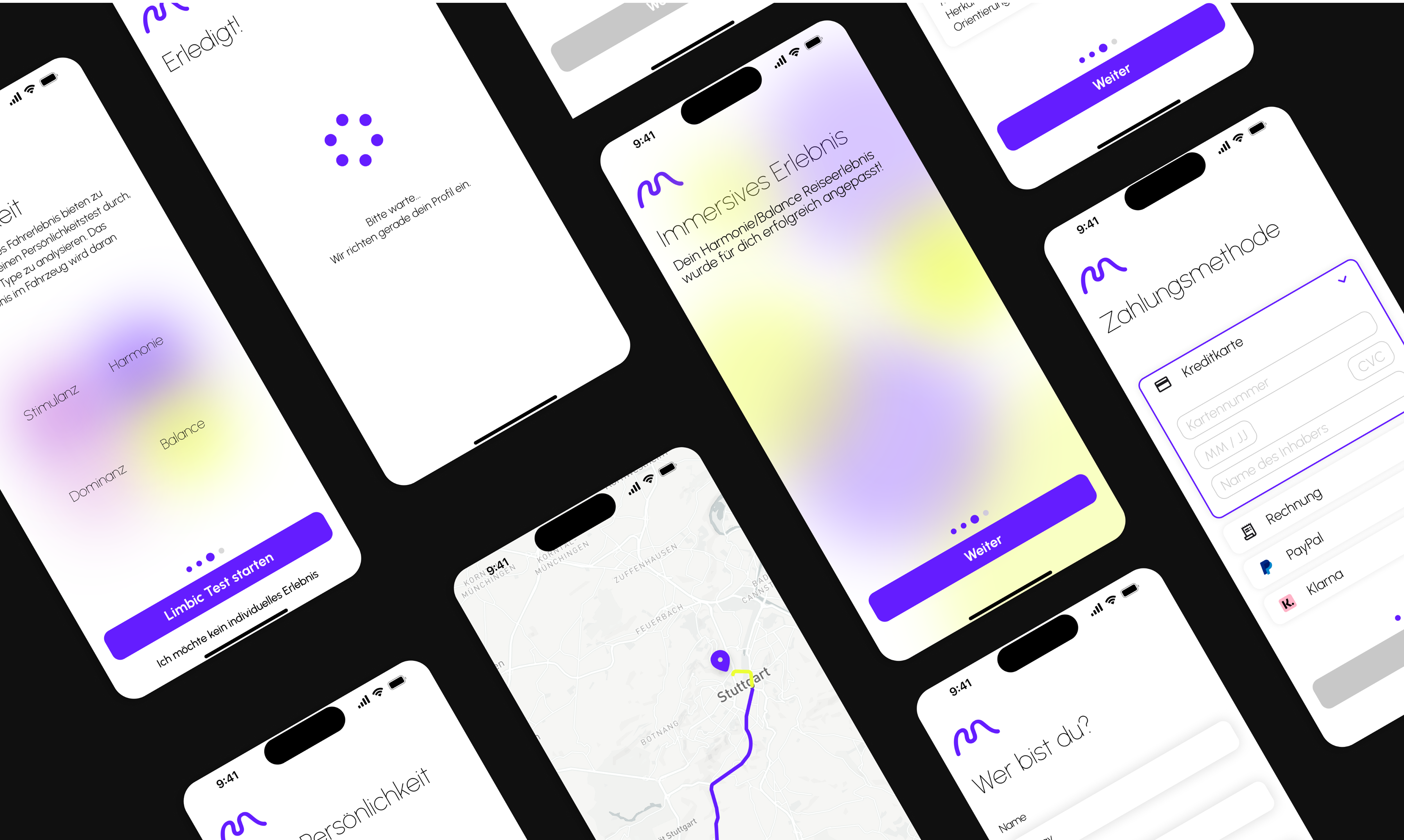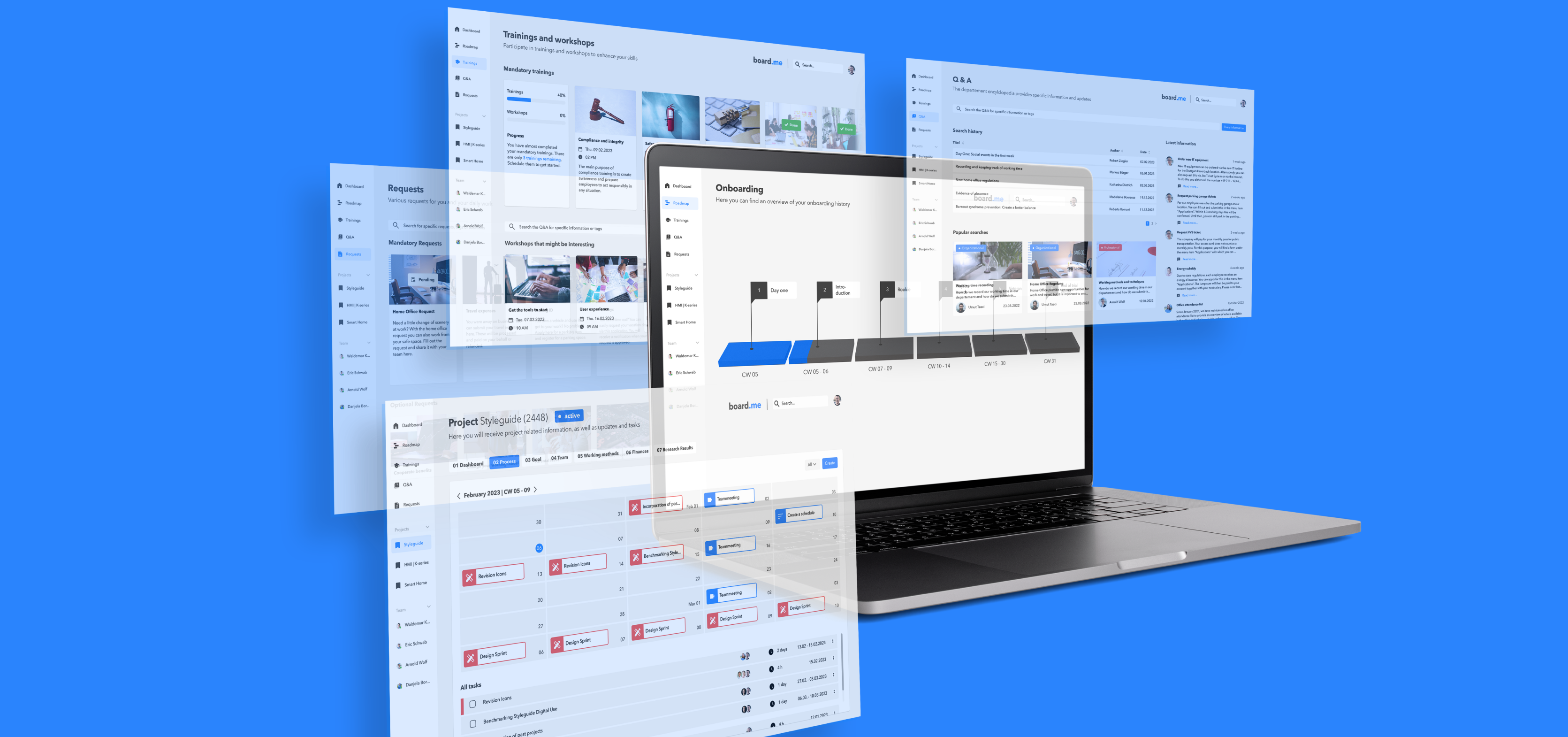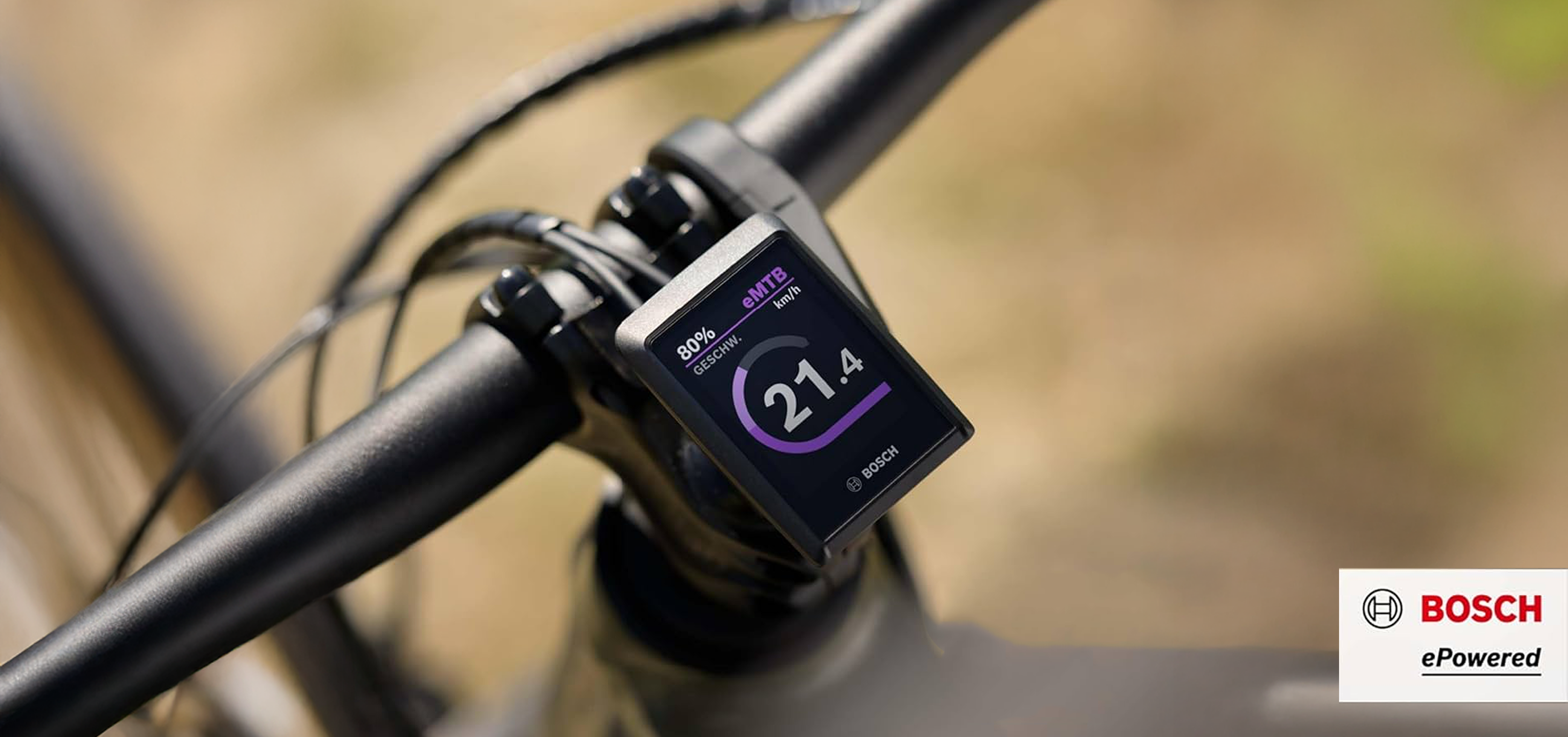MOVA
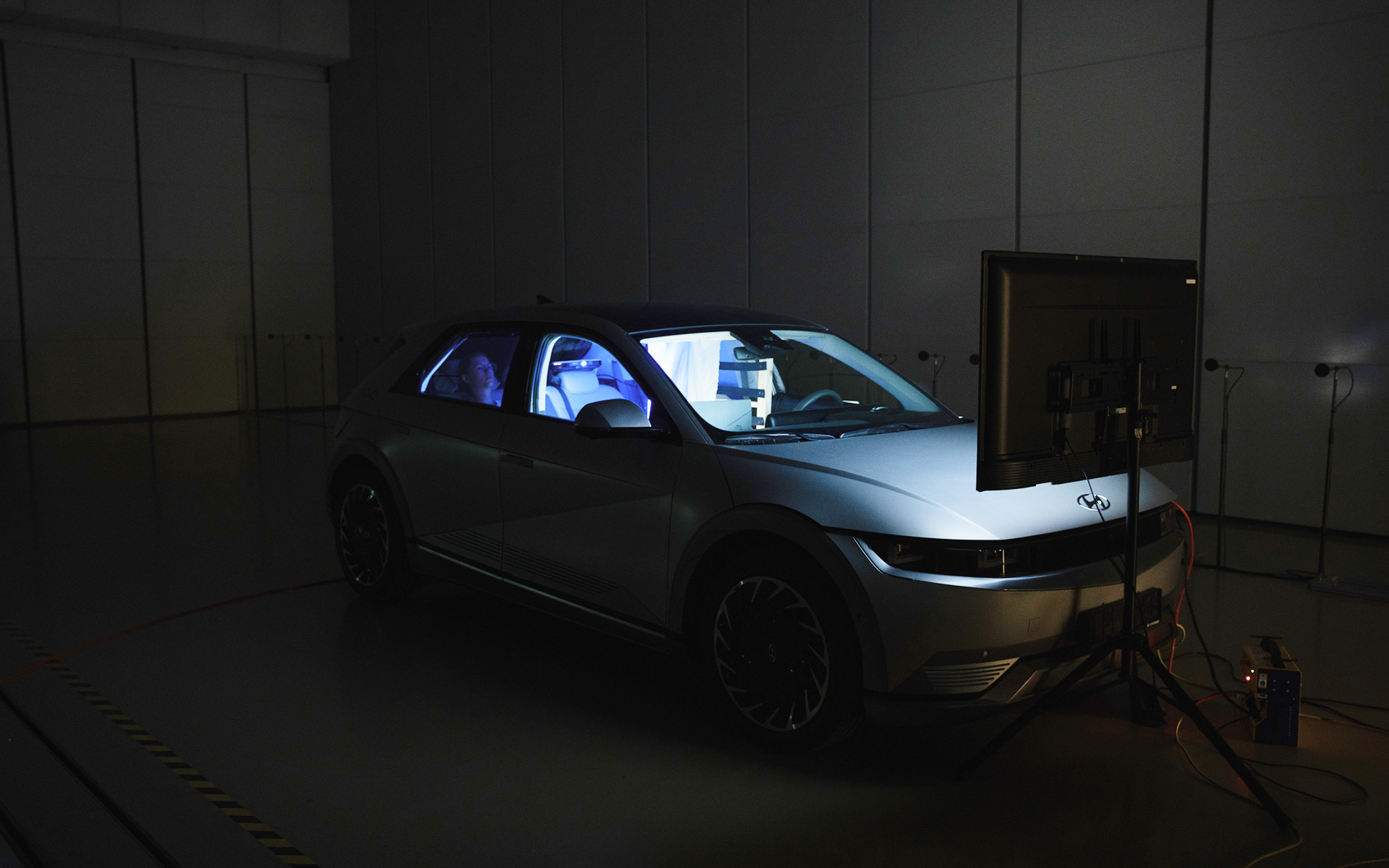
MOVA began with a simple provocation: what if the minutes you spend shuttling across the city could leave you calmer than when you stepped in? Developed as my master’s thesis in partnership with Fraunhofer IAO and Hyundai, the concept reframes an autonomous ride as a five-minute mental reset. A one-time Limbic-Type quiz inside the booking app personalises the experience; once seated, riders are immersed in mood-adaptive lighting, spatial 3D audio, subtle seat micro-movements and guided breathing cues. Road-tests in a Hyundai prototype showed the promise: 18 of 20 participants recorded a measurable drop in galvanic-skin response, proving that MOVA can turn “dead travel time” into genuine wellbeing value.
STRATEGY
Mova’s Strategy is a ride-hailing concept designed to offer regenerative rides in self-driving cars within large cities. Its primary target group consists of business professionals who need to travel between meetings from A to B. Using the Mova app, users can easily book a ride. During the initial setup, a one-time Limbic Type test is conducted to tailor the ride experience to each individual. Inside the vehicle, a five-minute relaxation phase begins, guided by a calming voice and accompanied by a tablet and integrated displays.
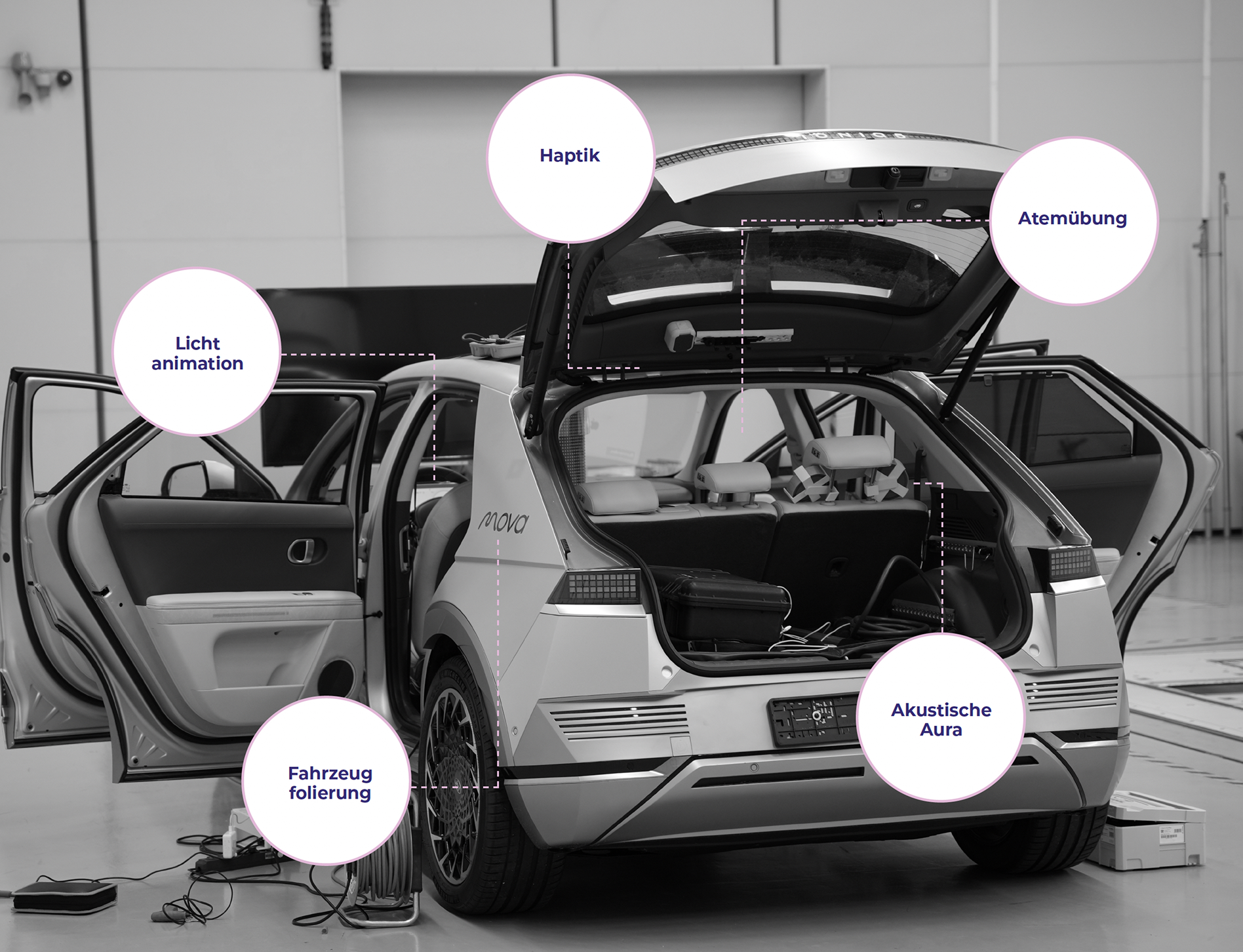
RESEARCH INSIGHTS
The focus of my Masterthesis was on innovative and future-oriented mobility system. In this context, I explored and analysed ride-hailing concepts, investigating how spending several hours inside a vehicle could actively contribute to mental regeneration and well-being. To achieve this, I conducted interviews with experts and users and examined various personality models, such as Limbic Types. Additionally, I explored the effects of different breathing techniques verified by Fraunhofer, as well as the impact of light, animations, and multisensory elements on passengers' mental health and relaxation during a car ride.
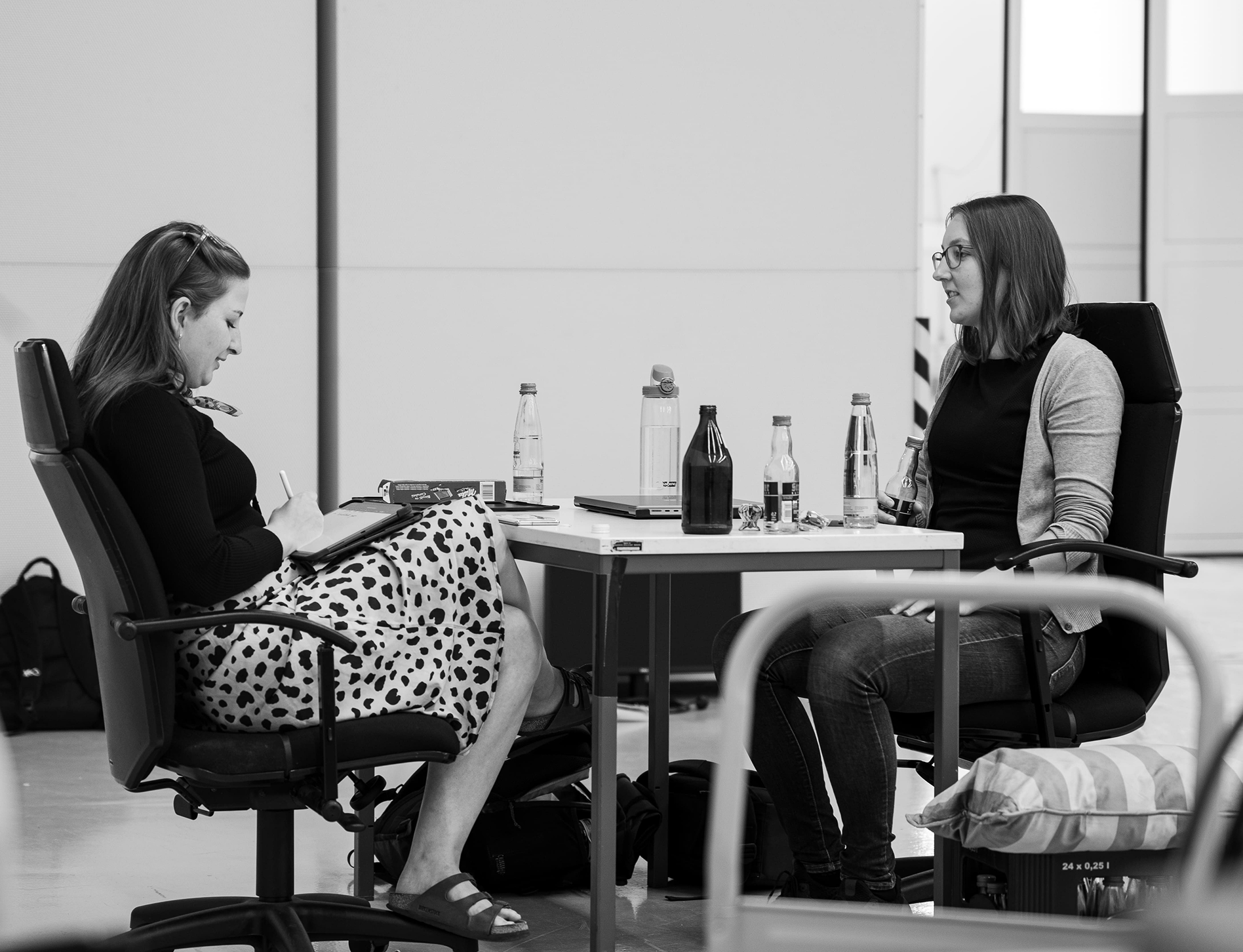
APPROACH
The project followed a Design Thinking approach. Through multiple iterative cycles, I conducted interviews and organised short design sprints. Using rapid methods such as Crazy 8s, we were able to generate a wide range of ideas. In the final stage, prototypes were installed and tested directly inside a vehicle provided by Hyundai. During the user testing sessions, skin conductance sensors revealed that 18 out of 20 participants experienced a measurable reduction in stress levels when using the Mova concept. As a result of these promising outcomes, the project was continued at the Fraunhofer Institute.
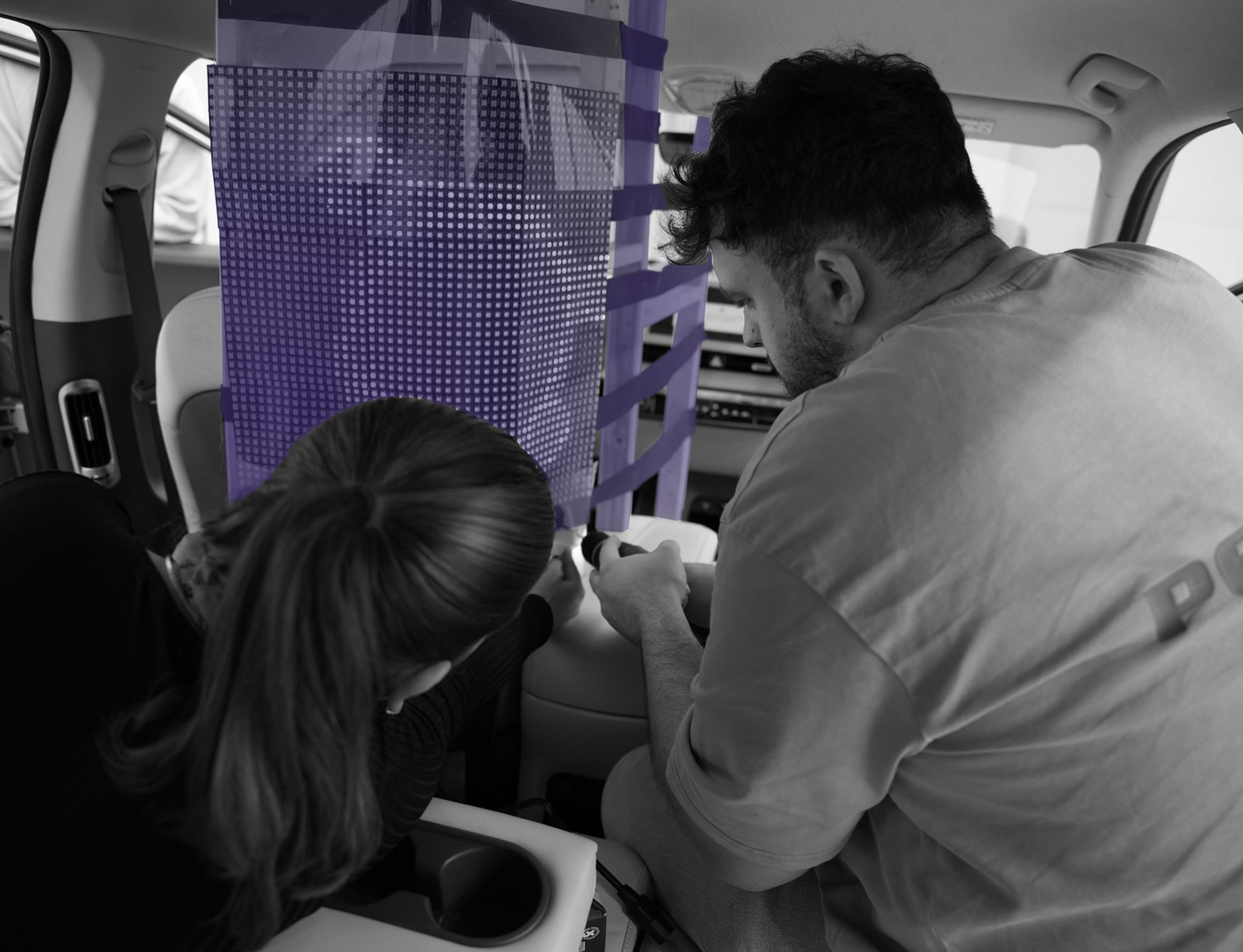
DESIGN
What makes this concept unique is its holistic experience created through multimodal input devices. The journey begins right from booking a ride. Inside the vehicle, Sony XX technology generates immersive 3D effects accompanied by a calming voice. A tablet integrated into the armrest allows passengers to adjust their seat position and personalise the ambient lighting. Additionally, an animated visual on the front seat guides the passenger through the breathing exercises, creating a seamless and deeply engaging relaxation experience.
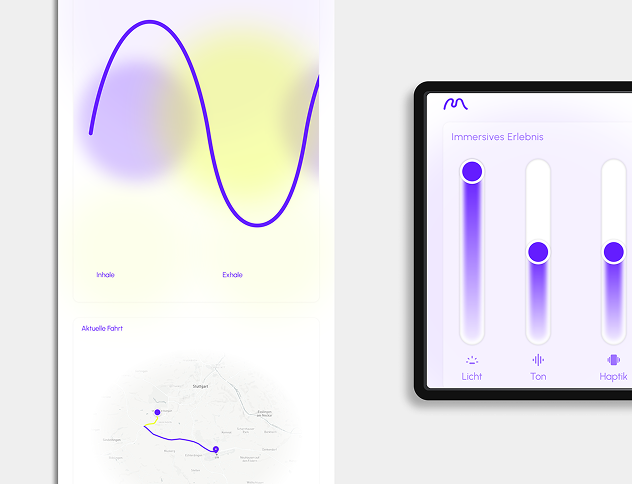
LEARNINGS
Mova showed that real in-car regeneration hinges on three factors: personalisation, multisensory synergy, and tight timeboxing. Tailoring the ritual to Limbic Types made stress-drops meaningful; layering light pulses with spatial audio almost doubled the effect over sound alone; and a five-minute “reset window” fit busy schedules, keeping engagement high. Building and testing inside the Hyundai prototype surfaced cabin-specific constraints that lab trials missed, while live GSR data gave stakeholders hard proof—linking relaxation gains to ride-sharing retention and securing follow-up funding.
